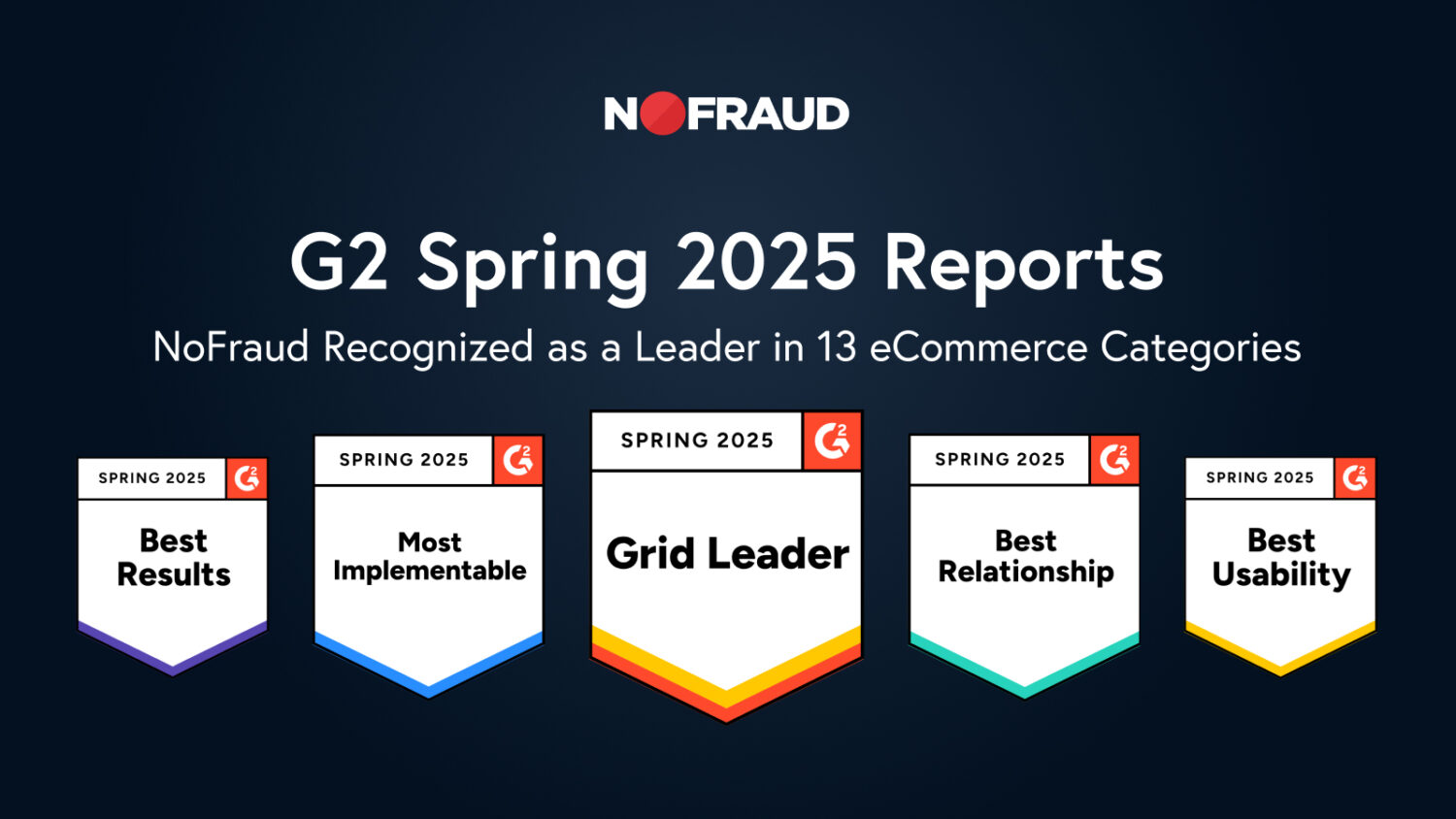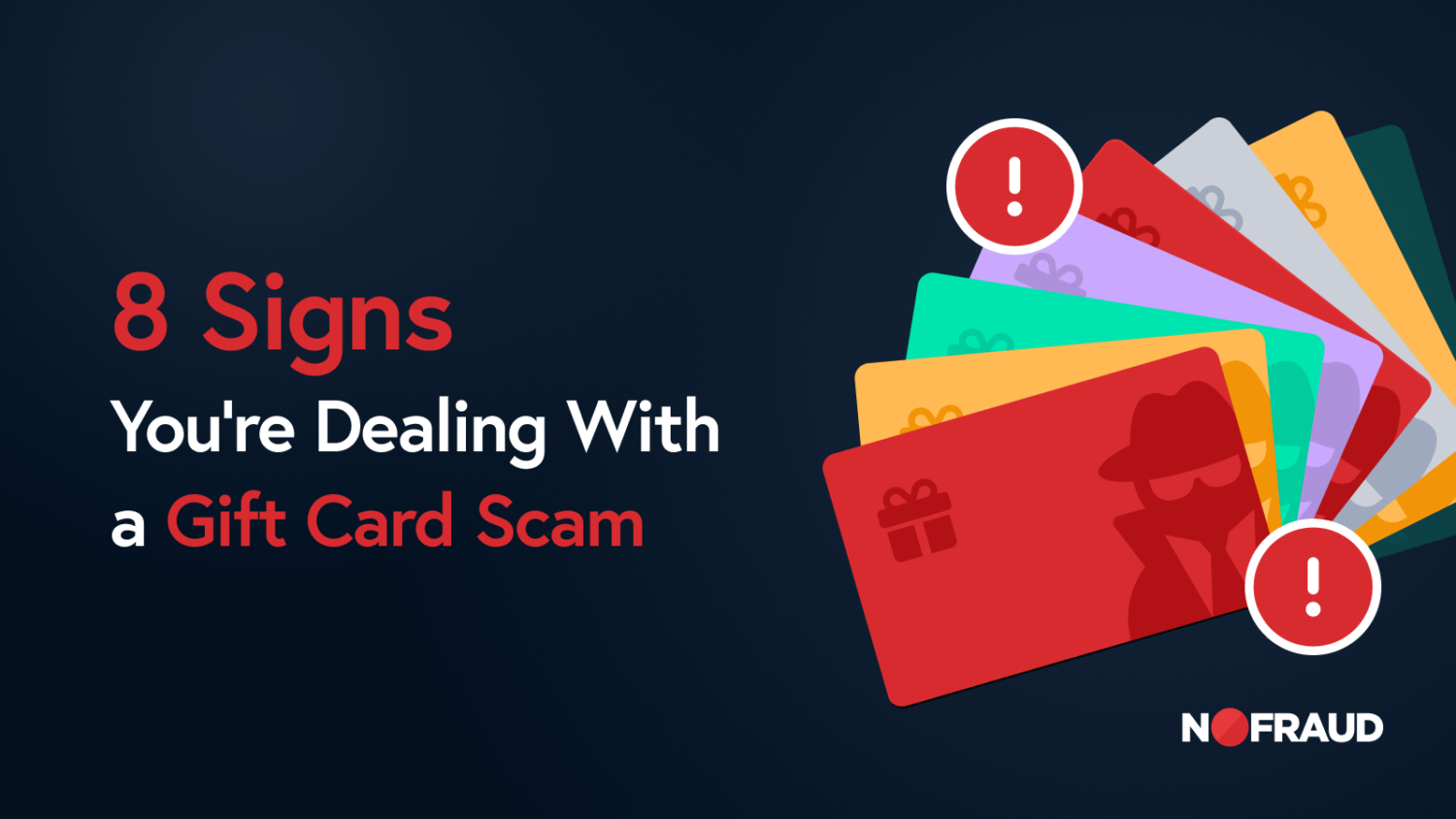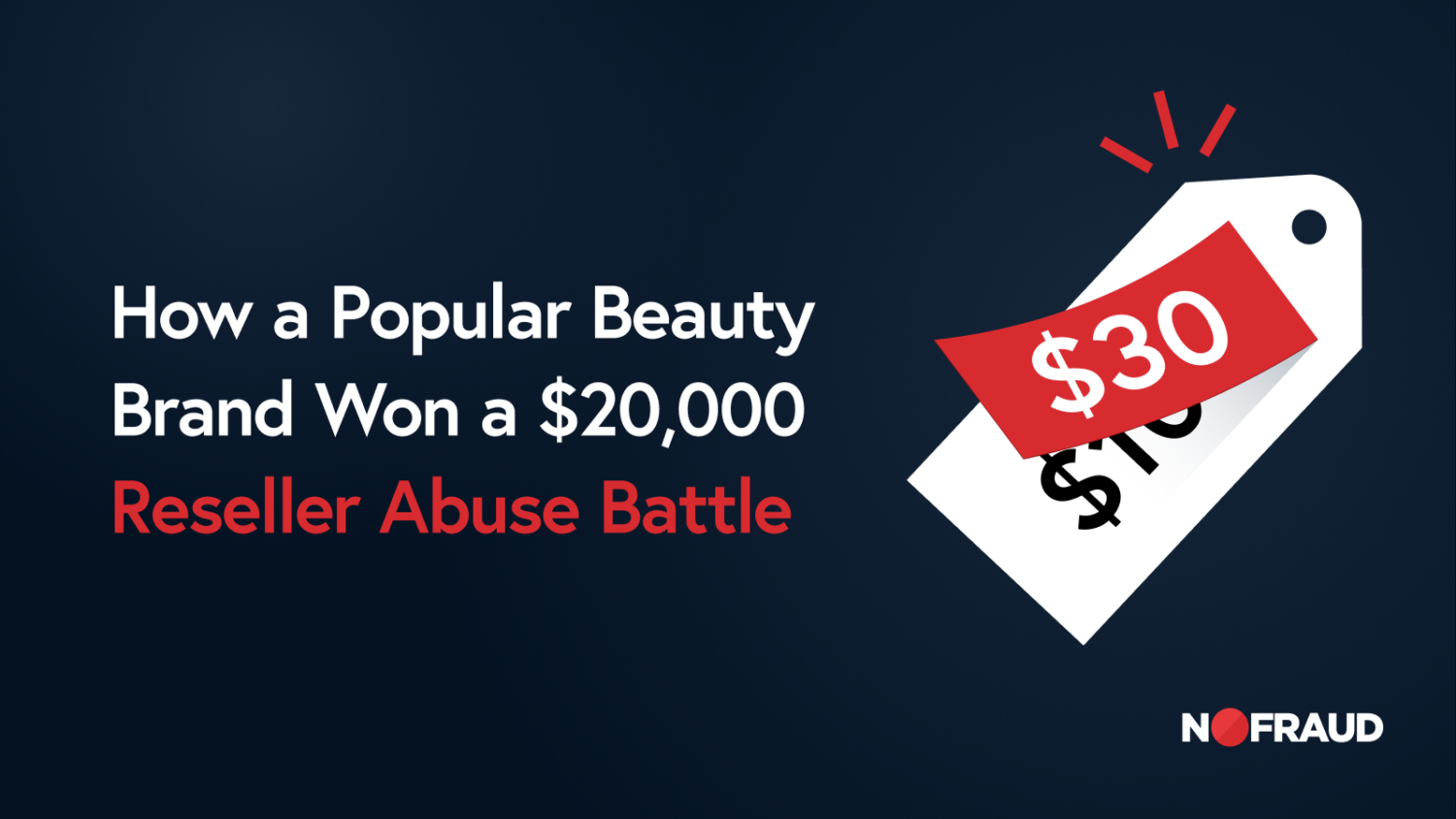What’s the difference? What can be done to reduce them?
According to research conducted by Baymard Institute, $4.6 Trillion was lost by online businesses globally in 2021 due to Abandoned Carts and Abandoned Checkouts.
Social media influencers, Google Ads, contests, sponsorships, there is no end to the creative methods an ecommerce business can employ to attract consumers to their site. There is also nothing more frustrating than experiencing an increase in traffic without a commensurate bump in sales.
Often, shoppers arrive at a site only to leave without completing a purchase because they had never intended to buy and were merely window shopping. However, research indicates that a significant percentage of these lost customers would’ve converted with better systems and design. So let’s take a closer look at the online purchasing process and identify the common cliffs, if you will, off which potential buyers may be falling.
The Buying Process Steps
The buying process is divided into four steps:
- Browsing
- Adding Items to a Cart
- Checking Out
- Paying
Customers can desert a purchase amid any one of these four stages. A consumer that drops off during steps one or two would be categorized as an Abandoned Cart. Losing a customer during steps three or four would be referred to as an Abandoned Checkout. Let’s understand the distinction.
Cart Abandonment
Millennials and GenX have done a fabulous job of getting the rest of us hooked on a ‘sharing’ mentality. See something you like? Quickly, forward it to a family Whatsapp group chat, or share it with a coworker who shares a similar interest.
The linkability, clickability, and shareability of information and products on smartphones has made browsing merchandise a common pastime for many consumers. Long lines, traffic, waiting for a train? Much of that time will be spent scrolling through retail sites.
While that is great news for marketing teams focused on marketing products and driving traffic, that doesn’t necessarily translate into added revenue. Shoppers who land on a page may quickly abandon it if the website is hard to navigate, lacks good product images or description, or isn’t priced affordably.
What measures can ecommerce businesses take to increase conversions and decrease the number of shoppers who don’t initiate a checkout?
Best Practices for Reducing Cart Abandonment
- A user friendly interface with vivid images and great product descriptions will help hold a shoppers interest.
- Ensuring your site is mobile friendly and optimized for a small screen will reduce abandonment by mobile browsers.
- Make sure you offer competitive pricing that is clearly calculable and offer great customer service. Be responsive, informative, and engaging.
- Make information readily available to consumers. Company shipping and return policies should be easily found and simply stated.
- Offers and discounts are a great tool to help incentivise window shoppers to complete a purchase.
- Employ automated Cart Abandonment Recovery emails. (While this is a great reactive measure to take to get customers back to your site, make sure you don’t bring them back, only to lose them during checkout!)

Checkout Abandonment
Once a shopper initiates a checkout, it is of utmost importance to get them through the converting process as quickly and effortlessly as possible. According to surveys conducted by Finance Online, 55% of shoppers who have abandoned a checkout, claim they would’ve converted with an easier/faster checkout. It is no wonder then that 77% of surveyed shoppers stated that they shop on Amazon solely for ease of checkout.
Part of making checkout quick is removing excess layers of friction. Impatience and frustration during checkout are major contributors to the 85% abandonment rate on mobile devices. Much of that friction is due to poor design and rigid fraud prevention practices. Another major deterrent to shoppers is not being offered their preferred payment method, or shoppers not feeling confident in the security of the site.
Best Practices for Reducing Checkout Abandonment
- Offer a one click checkout, or as close to that as possible.
- Never require registration of a store account. (Read more about the importance of a Guest Checkout here.)
- Display a ‘progress bar’ so shoppers know the ‘end’ is near.
- Offer all the major payment options, including digital wallets and alternative payment methods, like BNPL (Buy Now Pay Later).
- Display security badges, compliances, and major payment option logos, these imbue confidence.
- Remove unnecessary fields or distractions from the checkout page.
- Remove hidden fees. Surprise fees at checkout contribute to 55% of abandonments.
Once customers have completed shopping and decided what they want to buy, it is incumbent upon ecommerce businesses to get out of their way and let them buy!
A New Checkout Option
NoFraud, an advanced fraud prevention solution, recently introduced a revolutionary Checkout upgrade that removes excess layers of friction and increases conversions and approvals.
NoFraud checkout recognizes shoppers across a global network of retailers to enable merchants using NoFraud to offer low risk consumers a one click checkout option. No account registration or password required! For unrecognized customers, NoFraud Checkout dynamically adapts input fields to provide merchants with effective fraud protection.
Reducing checkout to one page, eliminates page loading delays and assures customers of a quick checkout from the start. Minimum fields and built in fraud prevention distinguishes NoFraud Checkout from the competition.
Takeaway
Adapting to the ever changing landscape of emerging markets, technological advances, and consumer behaviors is inherent to the success of every ecommerce business. Reducing cart abandonment and checkout abandonment are just two of the many hurdles ecommerce businesses need to scale. Free upgrades, like NoFraud Checkout will go a long way in assisting businesses in easily improving their ROI. Learn more about how you can benefit from this complimentary value added upgrade today.



